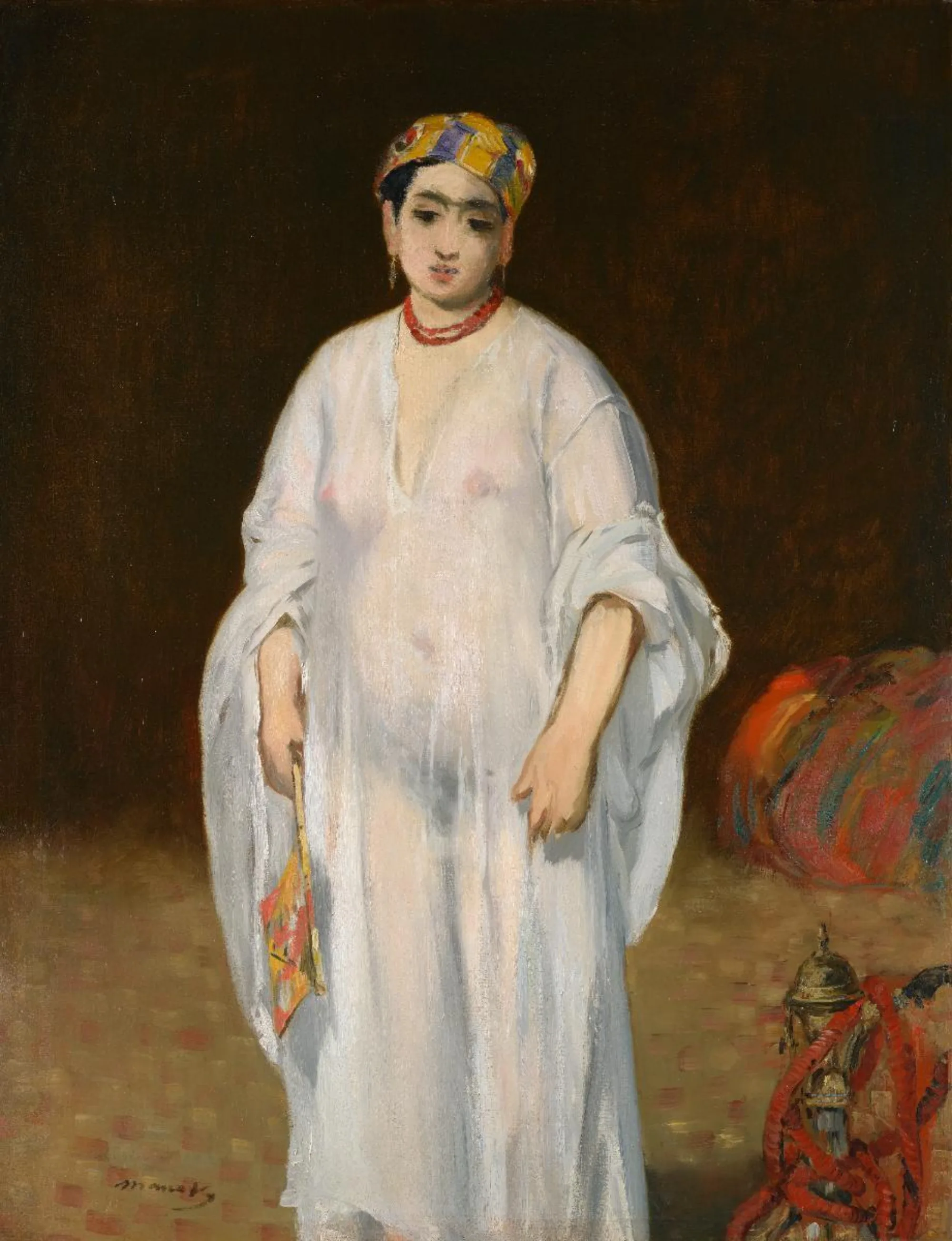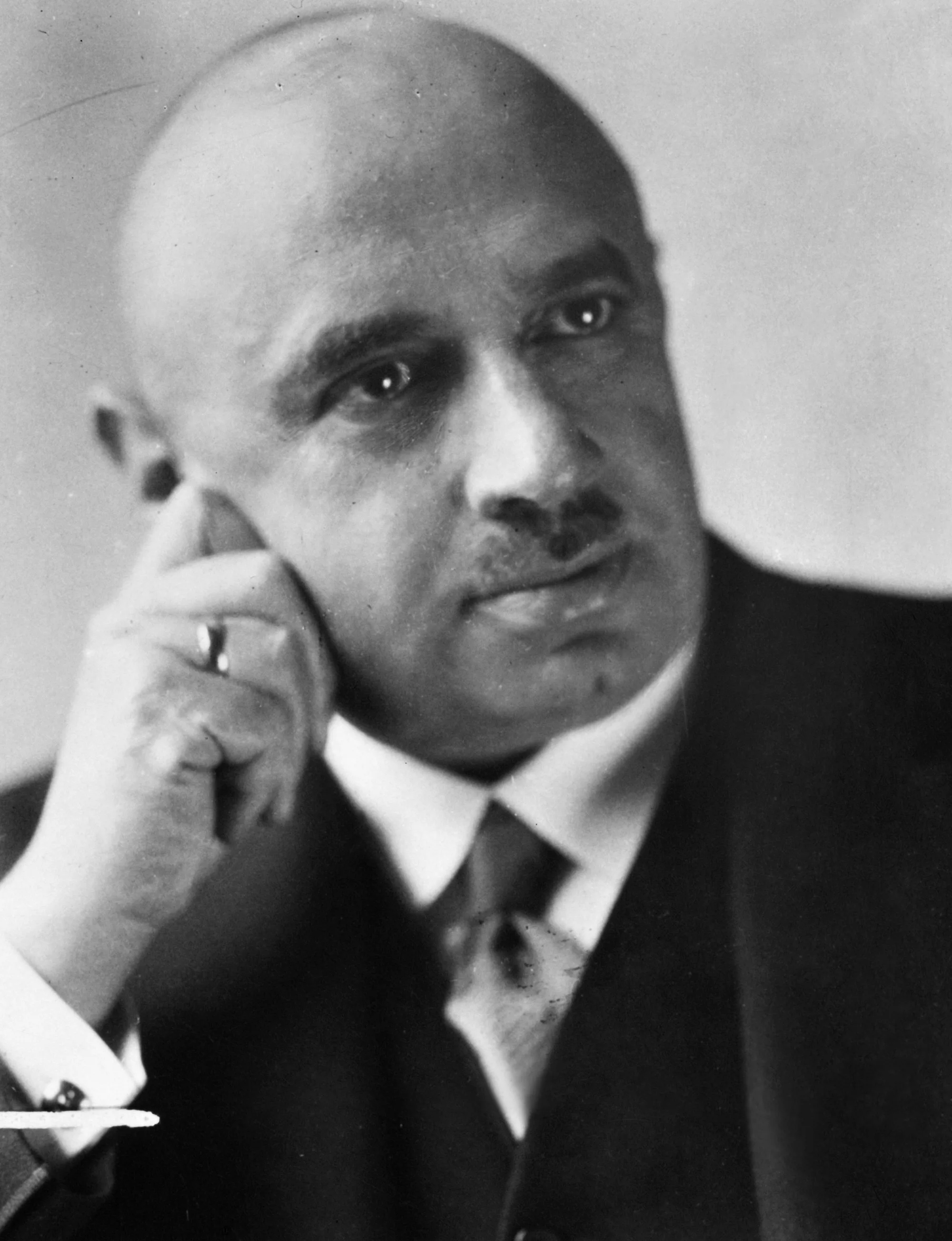Provenance Research
We have taken as an example the painting La Sultane by Édouard Manet, which once belonged to the entrepreneur Max Silberberg (1878–1942) in Breslau, Germany (now Wrocław, Poland). As a Jew, he was persecuted and murdered by the Nazis. He sold the picture in 1937 in Paris, which was not yet occupied at the time and hence not within the area of Nazi rule. Bührle acquired it in 1953.
Silberberg’s sale of the painting in 1937 poses questions that are central to the current international debate surrounding Nazi-looted art, relating to sales made by persecuted collectors between 1933 and 1945 outside the area of Nazi rule. Here, we present the findings of the provenance research conducted by the Foundation E. G. Bührle Collection, as of April 2023.

Édouard Manet, La Sultane, ca. 1871, Sammlung Emil Bührle, Dauerleihgabe im Kunsthaus Zürich

Max Silberberg, undatiert, publiziert in: Die Dame, Nr. 16, 1930, S. 12-17 © ullstein bild – Fotografisches Atelier Ullstein
A disputed case:
A possible forced sale in 1937?
The sale of the painting La Sultane in Paris in 1937 poses questions that are central to the current international debate surrounding Nazi-looted art: it was not seized in Nazi Germany, but sold in France, some years before the country was occupied by the Germans. The sale thus took place outside the area of Nazi rule, but the work’s Jewish owners had been persecuted by the Nazi regime since 1933. It is therefore necessary to establish whether this is a case of cultural property confiscated as a result of Nazi persecution within the meaning of the Terezín Declaration.
Since the 1990s, a number of works from public and private museums in Europe and the US have been returned to the heirs of Max Silberberg. Mainly, they are works that were acquired at compulsory auctions in Berlin in 1935 or were seized and sold by the Nazi authorities thereafter. There is currently a difference of opinion regarding this case between the representatives of Silberberg’s heirs and the Foundation E. G. Bührle Collection. Given that La Sultane, which is on display here, was sold in Paris in 1937 (prior to the occupation), does the work constitute ‘cultural property confiscated as a result of Nazi persecution’? Did the collector Max Silberberg, who was in Nazi Germany and therefore not outside the area of Nazi rule, receive the proceeds of the sale, and was he able to dispose of them freely?